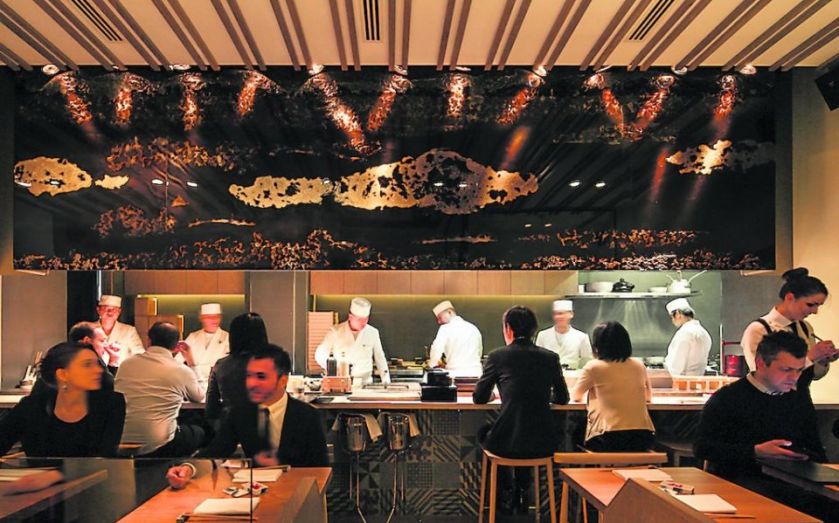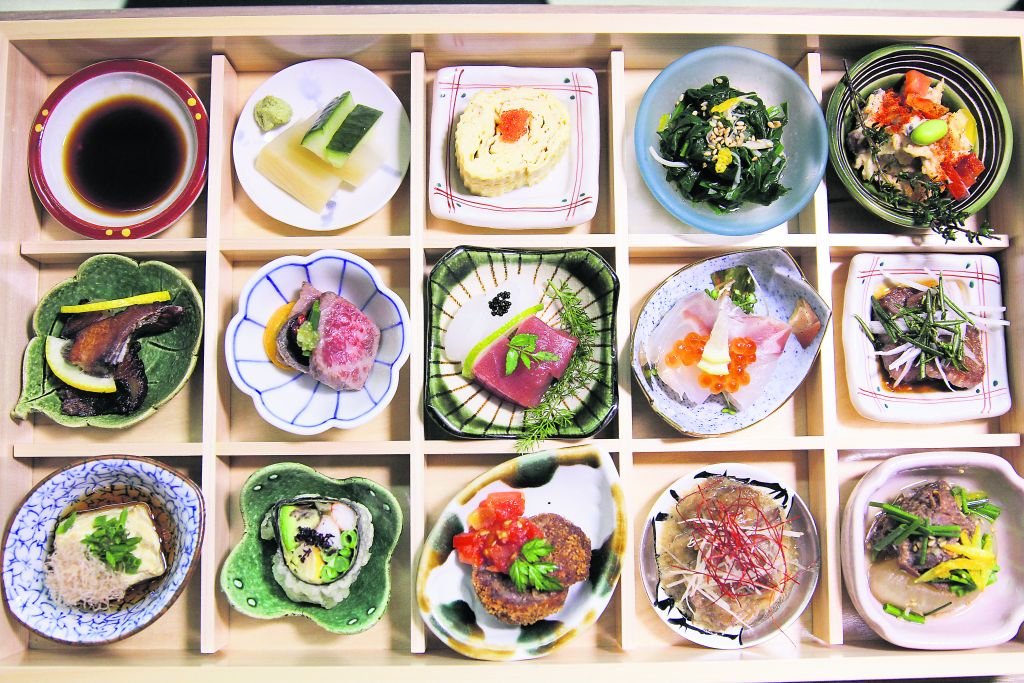Why Engawa is an unusually well thought-out restaurant

In Japan, the fax machine is still king of the office. While the western hemisphere abandoned it at the first whiff of email, the Japanese persevered, appreciating the personal touch that comes from a hand-written note, even if that note has been broken down into a series of blips and hisses and reassembled somewhere far away. And not only do fax machines still sell, in their many hundreds of thousands no less, they’ve also continued to develop – they’re now wireless, with internal hard-drives and touch-screens.

Almost all the dishes involve kobe beef (Source: John Charles Media)

At Engawa there are only three dinner options (Source: John Charles Media)